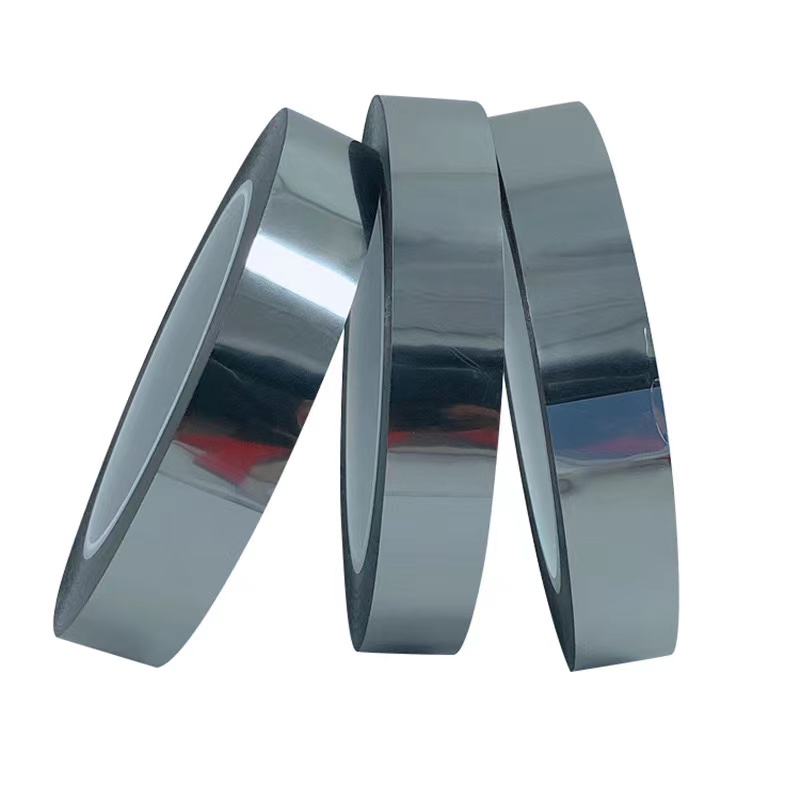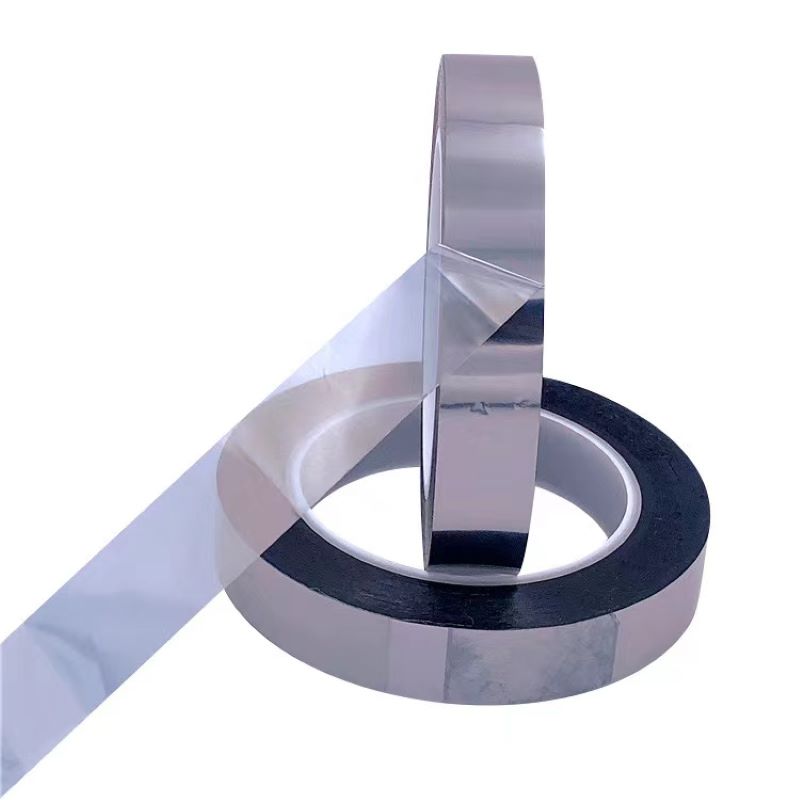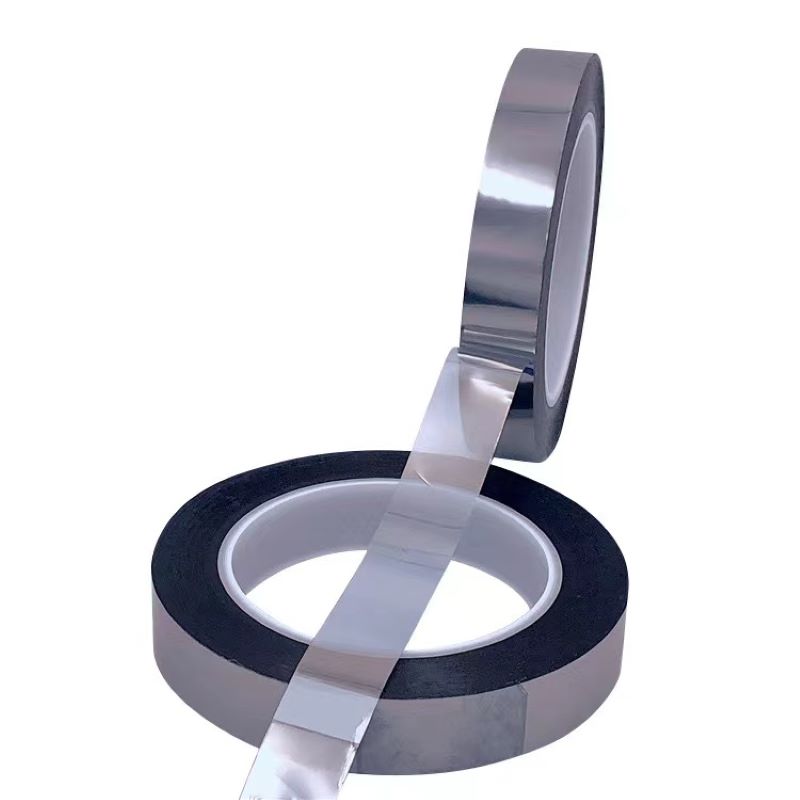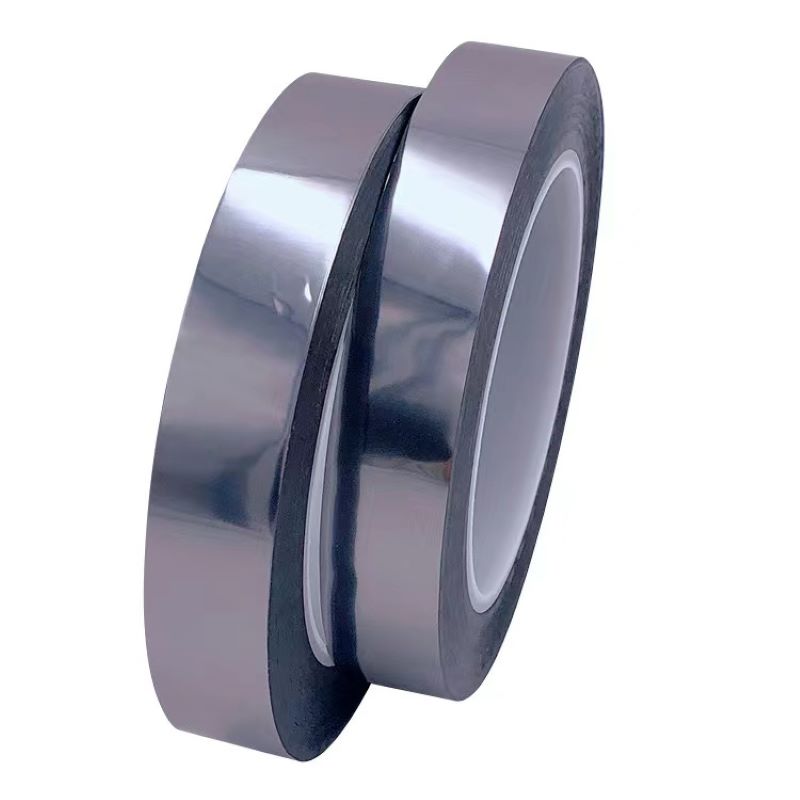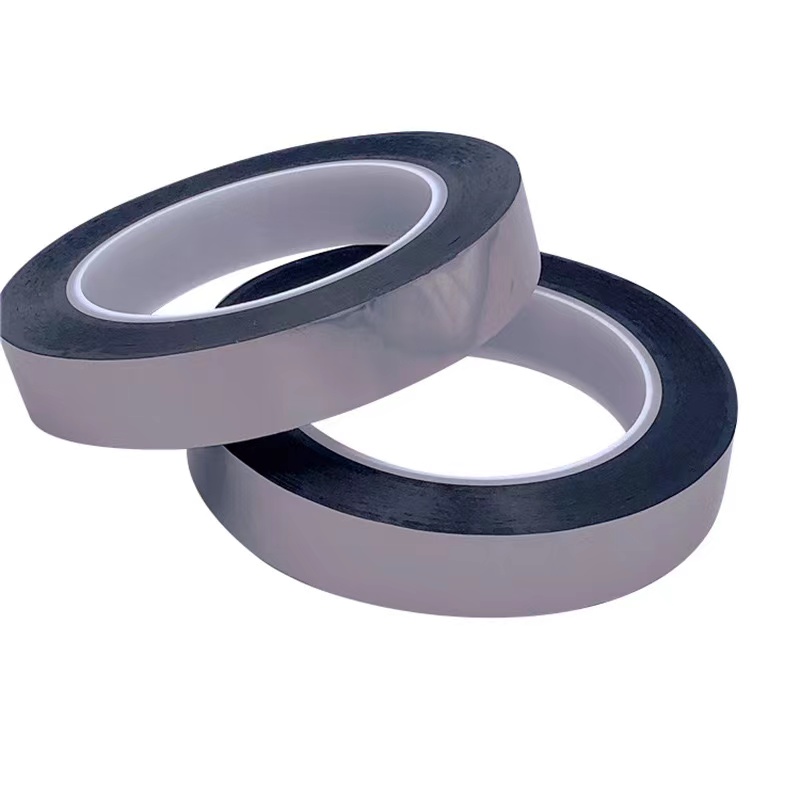FR1401 ESD Tape
Size: (1-1200)mm*50m
Color:Clear
Products
Products DETAILS
FR1401 ESD Tape
ESD Tape – Complete Guide
ESD (Electrostatic Discharge) tape is a specialized adhesive tape designed to prevent static buildup and safely dissipate electrostatic charges. It is commonly used in electronics manufacturing, PCB assembly, cleanrooms, and ESD-safe work environments to protect sensitive electronic components from damage caused by electrostatic discharge.
1. What is ESD Tape?
ESD tape is made from anti-static or conductive materials and features a low tribocharging adhesive, ensuring that it does not generate or retain static electricity. The tape comes in various materials, including:
ESD Polyimide (Kapton) Tape – High-temperature resistant, used in PCB soldering.
ESD Grid Tape – Conductive grid lines embedded in the film for static dissipation.
ESD Cellulose Tape – Transparent, anti-static tape for general packaging and labeling.
ESD Shielding Tape – Provides strong electrostatic shielding for sensitive devices.
2. Key Features & Benefits of ESD Tape
Prevents Electrostatic Discharge (ESD) – Protects sensitive electronics from static damage.
Low Tribocharging – Does not generate or store static electricity.
High Durability & Adhesion – Strong adhesive for secure bonding without leaving residue.
Heat & Chemical Resistant Options – Suitable for soldering, wave solder masking, and cleanroom use.
Available in Different Materials & Sizes – Suitable for PCB assembly, packaging, and workstation applications.
Meets Industry Standards – ANSI/ESD S541, IEC 61340, RoHS, and REACH compliant.
3. Types of ESD Tape
ESD Polyimide (Kapton) Tape
High-temperature resistant (up to 260°C/500°F)
Used for PCB solder masking, wave soldering, and electronic insulation
Leaves no residue when removed
ESD Grid Tape
Features conductive grid lines to safely dissipate charges
Used in ESD workstations, electronics assembly, and PCB handling
Provides visual indication of ESD protection
ESD Cellulose Tape
Transparent, anti-static tape for sealing, labeling, and general packaging
Used in cleanrooms, semiconductor packaging, and static-safe environments
ESD Shielding Tape
Used in static-sensitive packaging and storage
ESD Floor Marking Tape
Used for marking ESD-safe zones in cleanrooms and manufacturing areas
High-durability adhesive for long-lasting application
4. Common Applications for ESD Tape
PCB Assembly & Solder Masking – Protects circuit boards during soldering
Electronics Manufacturing & Repair – Prevents static discharge in chip handling and repairs
Cleanroom & Static-Safe Workstations – Used for labeling, sealing, and floor marking
ESD Packaging & Bag Sealing – Secures ESD shielding bags and moisture barrier bags
Semiconductor & Aerospace Industries – Protects sensitive microelectronics
5. Industry Standards for ESD Tape
ANSI/ESD S541 – Packaging materials for ESD-sensitive items
IEC 61340-5-1 – Protection of electronic components from electrostatic phenomena
RoHS & REACH Compliant – Ensures safety and environmental compliance
6. How to Use ESD Tape?
Choose the right type of ESD tape for your application (Kapton, Grid, Cellulose, or Shielding tape).
Ensure the surface is clean and dry before applying the tape.
Apply the tape smoothly to avoid air bubbles or gaps.
Use ESD-safe cutting tools to avoid generating static charges.
Store ESD tape in an ESD-safe environment to maintain effectiveness.
7. Summary – Why Use ESD Tape?
Prevents static damage in electronics manufacturing & PCB assembly
High-temperature & chemical resistance available (Kapton tape)
Low static generation and safe dissipation of charges
Strong adhesion without residue
Ideal for cleanrooms, semiconductor industries, and static-sensitive packaging

